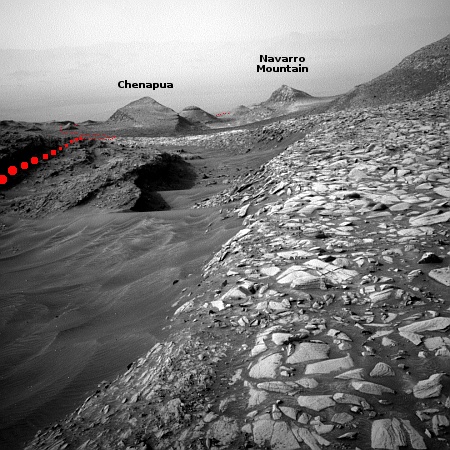An abandoned module from one of China’s manned capsules burns up over California
The orbital module of China’s Shenzhou-15 manned capsule, launched with three astronauts in November 2022 and then abandoned in orbit when those astronauts returned to Earth in the spring of 2023, burned up over southern California yesterday.
The fall created a blazing fireball witnessed by people from the Sacramento area all the way down to San Diego, according to the American Meteor Society (AMS). As of Tuesday afternoon, 81 people had reported sightings of the event to the AMS.
It is unlikely, though not impossible, that any pieces hit the ground. The module is considered small enough to be destroyed during descent. Nonetheless, its uncontrolled re-entry highlights China’s general irresponsibility when it comes to space junk. For example, the Russia Soyuz capsule has a similar design, but based on history Russia has for decades routinely controlled the de-orbit of its abandoned orbital module so that it does not come down over land.
The orbital module of China’s Shenzhou-15 manned capsule, launched with three astronauts in November 2022 and then abandoned in orbit when those astronauts returned to Earth in the spring of 2023, burned up over southern California yesterday.
The fall created a blazing fireball witnessed by people from the Sacramento area all the way down to San Diego, according to the American Meteor Society (AMS). As of Tuesday afternoon, 81 people had reported sightings of the event to the AMS.
It is unlikely, though not impossible, that any pieces hit the ground. The module is considered small enough to be destroyed during descent. Nonetheless, its uncontrolled re-entry highlights China’s general irresponsibility when it comes to space junk. For example, the Russia Soyuz capsule has a similar design, but based on history Russia has for decades routinely controlled the de-orbit of its abandoned orbital module so that it does not come down over land.











